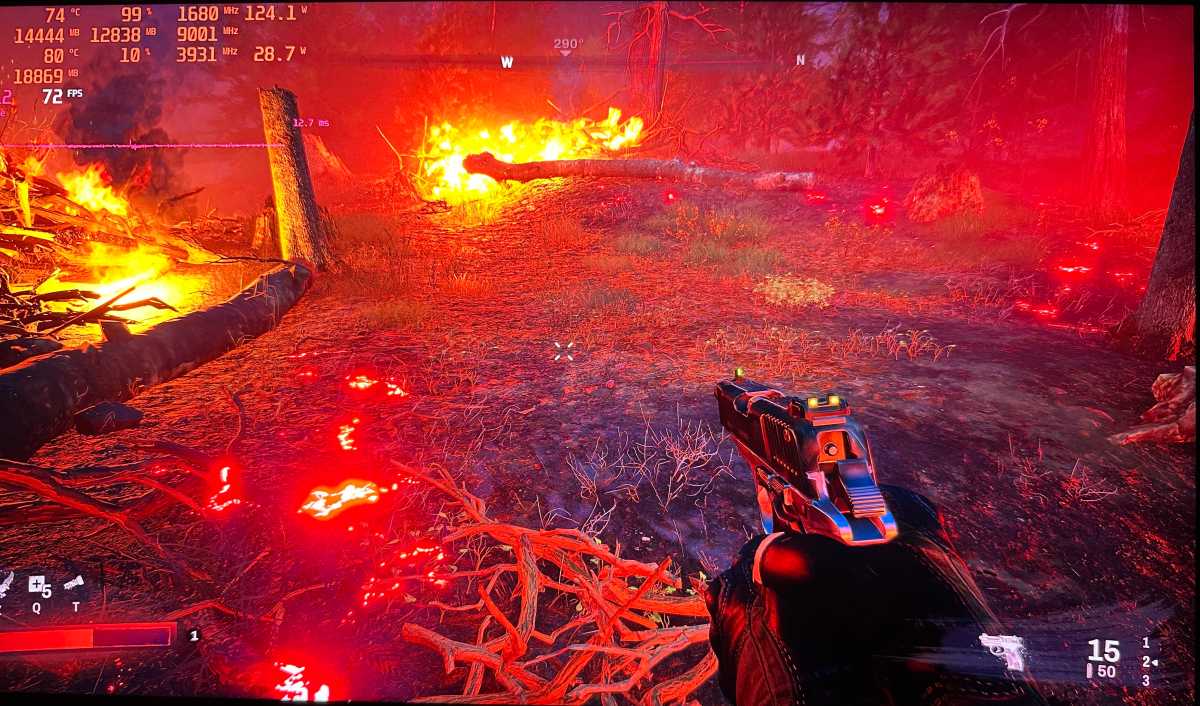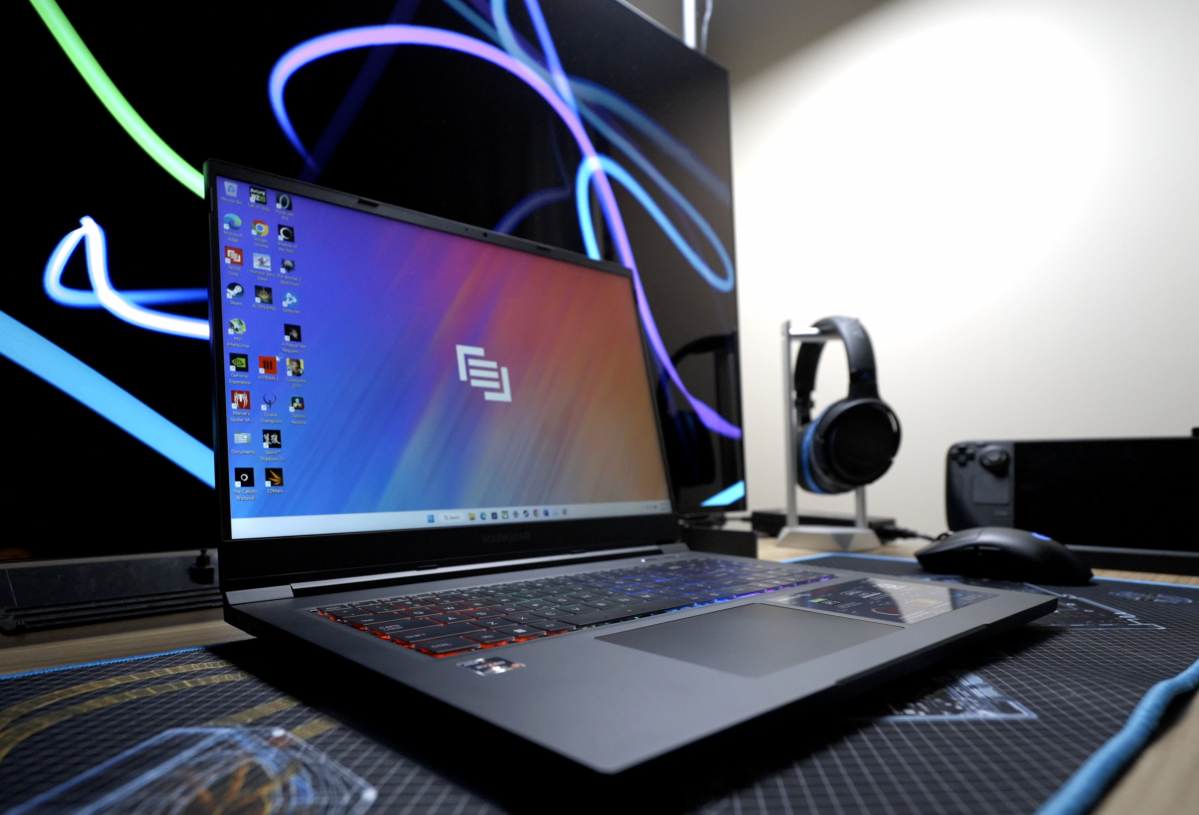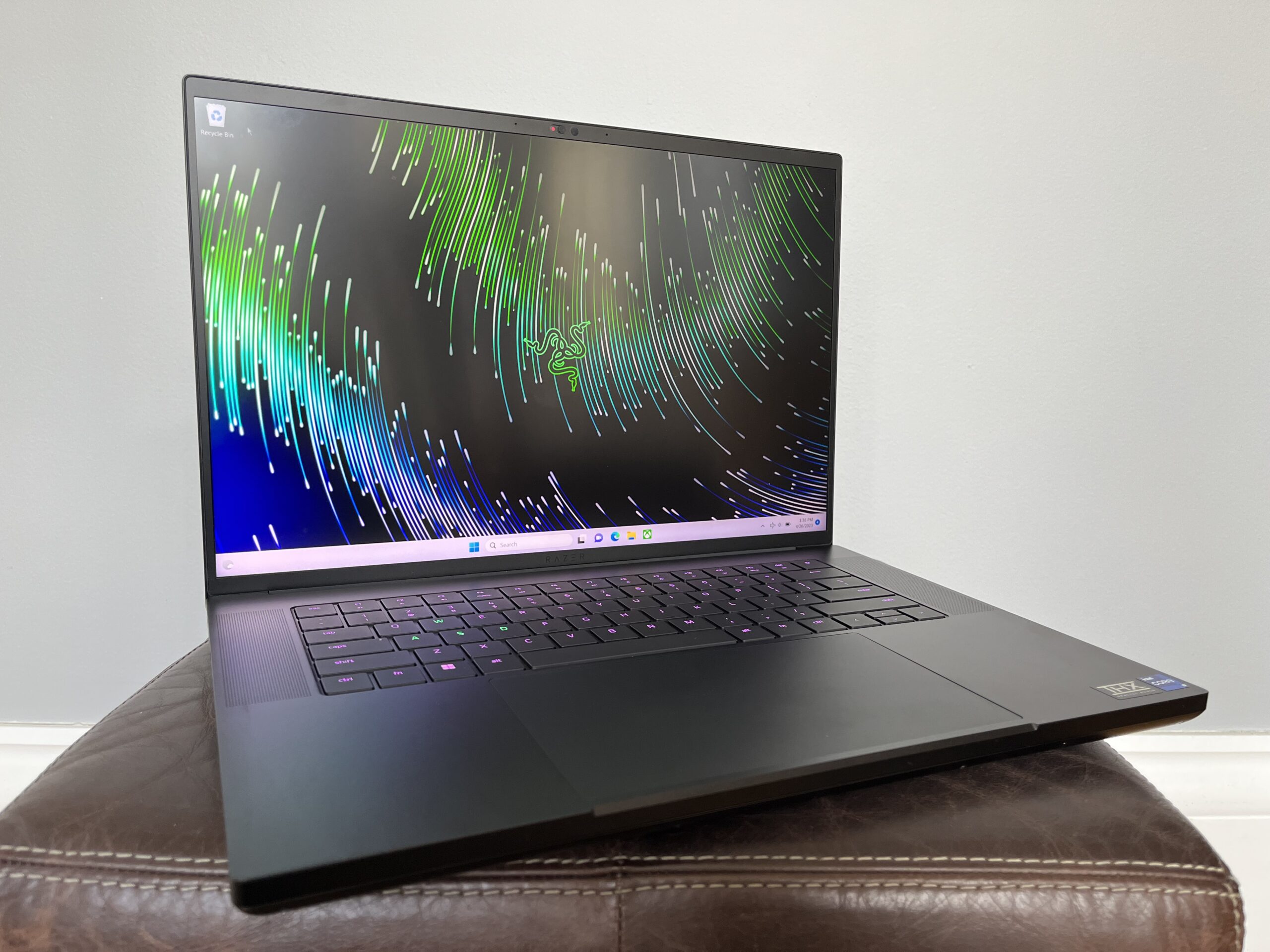## Bare Bones, Big Gains: Is an Open-Air PC the Future of Gaming?
We’ve all been there – meticulously building our dream PC, cramming the latest components into a sleek, compact case. But what if we told you that throwing that case out the window could actually improve your gaming experience?

PCWorld.com is making waves with their latest article, suggesting that ditching your case for an open-air build isn’t as crazy as it sounds. Intrigued? We are too. From potential performance boosts to unique aesthetics, we’re diving deep into the world of open-air PCs to see if this radical approach is worth the risk.

Overclocking Potential and the Open-Air Advantage
One compelling reason to consider an open-air PC build is the potential for enhanced overclocking. By removing the confines of a traditional case, airflow becomes significantly improved. This increased airflow allows for better heat dissipation, enabling you to push your components further without throttling or instability. Imagine squeezing every last drop of performance from your CPU and GPU, achieving higher clock speeds and frame rates. An open-air build can provide the breathing room your components need to reach their full potential.
Gamestanza readers are well aware of the thrill of overclocking, and the ability to fine-tune your system for maximum performance. Open-air builds allow you to take this pursuit to a new level, unlocking hidden performance gains and pushing the boundaries of what your hardware is capable of.

Beyond Performance: What Else Matters?
Cable Management: The New Challenge
While open-air builds offer impressive visual appeal and improved airflow, they present a new challenge: cable management. With everything exposed, unsightly cables can detract from the overall aesthetic and create clutter. This requires meticulous planning and execution to ensure a clean and organized build.
Gamestanza understands the importance of a visually pleasing build. We encourage you to embrace the open-air concept by implementing creative cable management solutions. Utilize cable ties, zip straps, or custom routing techniques to keep everything neat and tidy. The result will be a stunning showcase of your hardware, a testament to both performance and aesthetics.

Dust and Environmental Concerns
Another factor to consider is dust accumulation. Open-air PCs are more susceptible to dust ingress due to the lack of a traditional case enclosure. This can lead to reduced performance and potential component damage over time.
Gamestanza advises taking proactive measures to mitigate dust concerns. Place your open-air PC in a well-ventilated area, away from direct sunlight and sources of dust. Regularly clean your components with compressed air or a soft brush to remove any accumulated dust.

Building a Safe and Stable Open-Air PC
Safety should always be a priority when building a PC, especially an open-air one. Ensure proper grounding and avoid any modifications that could compromise the electrical integrity of your system. Use high-quality components and follow best practices to minimize the risk of damage or malfunction.
Gamestanza recommends consulting reputable guides and tutorials for building open-air PCs. We also encourage you to seek advice from experienced builders in online communities to ensure a safe and successful build.

Building Your Dream Open-Air Rig
Choosing the Right Components
Selecting the right components is crucial for a successful open-air build. Consider the following factors:
- CPU: Opt for a CPU with a high clock speed and good thermal performance. Consider models with integrated heatsinks or those that support aftermarket cooling solutions.
- GPU: Choose a powerful GPU with efficient cooling. Look for models with robust heatsinks and fans designed to dissipate heat effectively.
- Motherboard: Select a motherboard with ample expansion slots, good power delivery, and support for your chosen CPU and GPU.
- RAM: Choose high-speed RAM modules with low latency for optimal performance.
- Storage: Select fast SSDs for your operating system and frequently used applications. Consider adding a secondary HDD for bulk storage.
- Screwdriver set: A variety of screwdrivers with magnetic tips will be needed to assemble your components.
- Anti-static wrist strap: Protect your components from electrostatic discharge by using an anti-static wrist strap.
- Thermal paste: Apply a thin layer of thermal paste between your CPU and its cooler for optimal heat transfer.
- Cable ties and zip straps: Keep your cables organized and tidy.
- Case fans: Use case fans to improve airflow and cooling within your open-air build.
- Planning is key: Carefully plan your build, including component selection, cable routing, and airflow.
- Choose a suitable location: Place your open-air PC in a well-ventilated area away from direct sunlight and dust.
- Pay attention to cable management: Neatly route and secure your cables to maintain a clean and organized aesthetic.
- Monitor temperatures: Regularly check the temperatures of your components to ensure proper cooling.
- Explore customization options: Add your personal touch with custom paint jobs, water cooling, or unique lighting.
Essential Tools and Considerations
Here are some essential tools and considerations for building your open-air PC:
Tips for a Successful Open-Air Build
Here are some tips to ensure a successful open-air build:
Conclusion
So, is ditching your gaming PC’s case a viable option? PCWorld’s article dives deep into this unconventional approach, highlighting the potential benefits and drawbacks. It paints a picture of a future where case-less builds, with their enhanced airflow and minimalist aesthetics, become more commonplace. We learn about the technical considerations, like choosing the right motherboard and power supply, and the importance of careful cable management.
This shift away from traditional enclosures signifies a fascinating evolution in PC building. It’s a move towards embracing transparency and showcasing the intricate beauty of the hardware within. Imagine a future where your gaming rig becomes a functional piece of art, its components illuminated and exposed, a testament to your passion and technical prowess. This isn’t just about aesthetics, though. The potential for improved cooling and performance is a major draw, especially for high-end gamers pushing their systems to the limit. As technology advances and case-less builds become more refined, we may see this trend trickle down to mainstream PCs, reshaping the very landscape of personal computing.
But as with any radical departure from the norm, there are challenges to overcome. Will case-less builds be as durable and protective as their enclosed counterparts? How will they handle dust and other environmental hazards? These are questions that will need to be answered as this new frontier in PC building takes shape. One thing is certain: the future of gaming PCs is poised for a radical makeover, and ditching the case might just be the catalyst for a truly groundbreaking revolution.